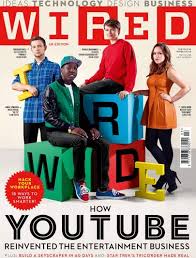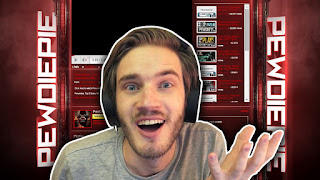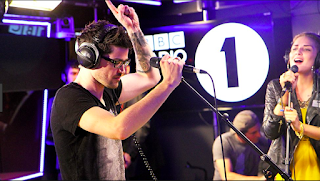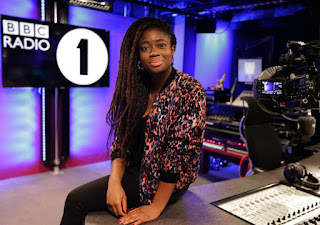The Lego Movie Marketing Campaign
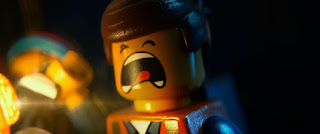
The Lego Movie (2014) is a 'tent-pole' film production by media conglomerates Warner Bros. This means that its success was of major importance to the studio in terms of funding other projects. The film was a major motion picture which is expected to generate major income for a studio, which can be redistributed and used to support and find other releases. The film is also an example of how a global studio, like Warner Bros, releases a film in a specific national territory, the UK. The marketing campaign for The Lego Movie was significantly important to Warner Bros because the film needed to generate a substantial profit. What are the key components of a marketing campaign of this kind? Film Posters Task: Copy a poster image onto a document and label your answers around the image. This will need to be stuck into your book by the end of the lesson. 1. Looking at the poster, who do you think is the target audience? 2. How do all the elements of the poste
